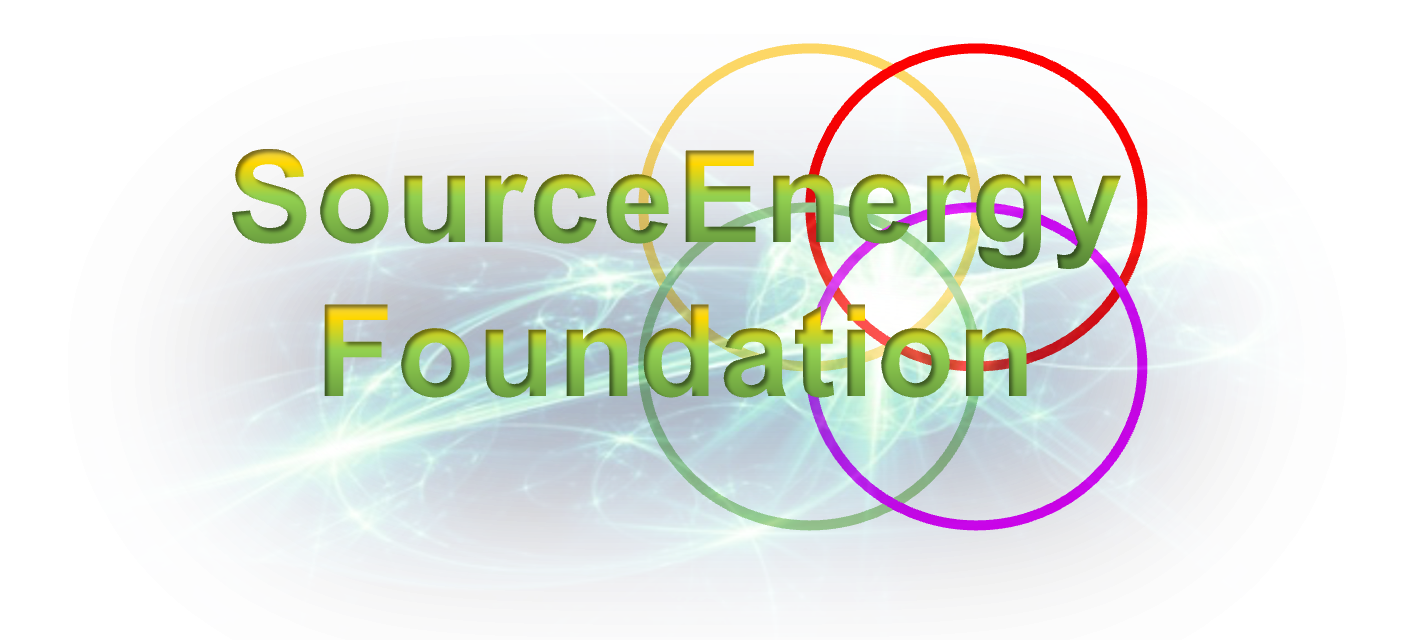61 Sustainable Urban Energy Network (SUEN)
Concept Overview:
The SUEN initiative aims to create a network of energy-harvesting systems in urban environments using RPSEHT technology. This network will capture and convert ambient mechanical energy from various urban activities into electrical energy, contributing to sustainable urban living.
Components of the Solution:

- RPSEHT-Based Energy Harvesting Systems:
- Implement RPSEHT technology in urban infrastructures like bridges, roads, and buildings to harvest energy from vibrations, traffic, and other mechanical sources.
- The energy harvested is used for powering streetlights, traffic signals, and public Wi-Fi systems.
- Community Engagement and Urban Planning:
- Collaborate with city planners, local governments, and communities to integrate these systems into urban development plans.
- Educate the public about the benefits of sustainable energy and involve them in energy conservation initiatives.
- Smart Grid Integration:
- Connect the energy-harvesting network to a smart grid system.
- Enable real-time monitoring and efficient distribution of harvested energy, reducing dependence on traditional power sources.
- Research and Development Center:
- Establish a research and development center focused on advancing RPSEHT technology and exploring new applications.
- Partner with educational institutions for research collaborations and student involvement.
Implementation Strategy:
- Pilot Projects:
- Start with pilot projects in select urban areas to demonstrate the technology’s effectiveness.
- Gather data to optimize the system and prepare for larger-scale deployment.
- Partnerships and Funding:
- Seek partnerships with technology companies, environmental organizations, and government agencies.
- Explore funding opportunities through grants, public-private partnerships, and investments.
- Scalability and Expansion:
- Gradually expand the network to other cities and urban areas.
- Continuously improve the technology based on feedback and research findings.
- Marketing and Public Awareness:
- Develop marketing campaigns to highlight the environmental and economic benefits of the SUEN.
- Host workshops, seminars, and public demonstrations to engage and educate the community.
Potential Impact:
- Economic: Cost savings in urban energy consumption and new job opportunities in the green technology sector.
- Environmental: Reduction in carbon footprint and promotion of renewable energy sources.
- Social: Enhanced community involvement in sustainable practices and improved urban living standards.
- Educational: Opportunities for research and learning in renewable energy technologies.
This business solution aligns with the Wealth Ecology Model by integrating innovative energy technology with community engagement, urban planning, and educational initiatives, fostering a sustainable and prosperous future.
Presented by SourceEnergy Group R&D, this proposal aims to integrate the Wealth Ecology Model into practical applications, supporting your vision, Dr. Oliver Jones, of harmonizing Energy, Technology, Community, and Education globally.
